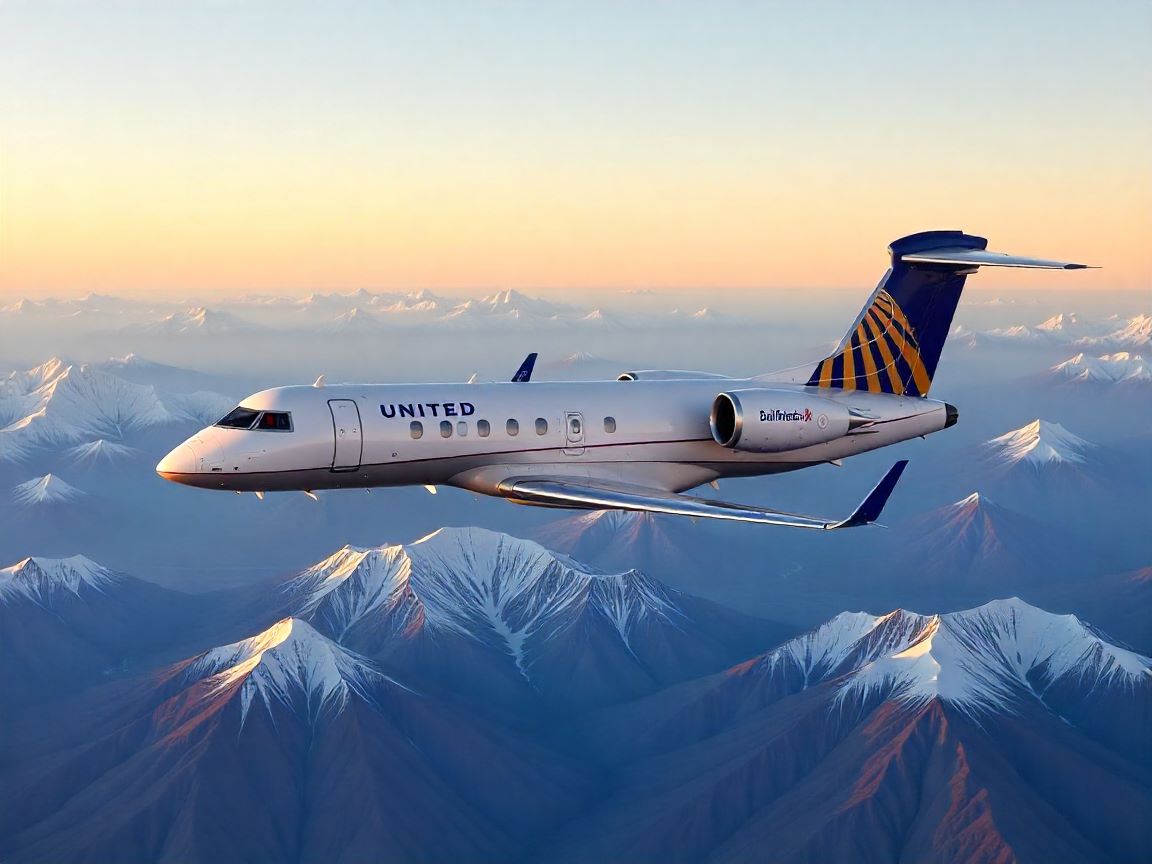On July 30, a United Airlines flight experienced an emergency situation shortly after takeoff from Heathrow Airport. Flight UA949, originally destined for San Francisco, had to return due to smoke in the cabin, marking a notable incident that underlines the pressing issue of flight safety and aircraft reliability.
The Emergency Situation Unfolded
The sequence of events was swift and alarming:
- Flight Details: United Airlines Flight UA949 took off from Heathrow at 12:23 pm. Moments after reaching an altitude of 15,000 feet, the crew reported smoke in the cabin.
- Immediate Response: The aircraft turned back, declaring a 7700 emergency squawk, indicative of a serious cabin issue that required urgent attention.
- Safe Landing: The Boeing 777 successfully landed back at Heathrow, where it was met by emergency services including fire engines and police officers.
United Airlines’ Official Statement
Following the incident, United Airlines released a statement detailing the situation. The smoke was attributed to fumes in the galley area, and thankfully, no injuries were reported. The airline proactively assured that efforts were underway to rebook passengers for their journey to San Francisco.
A Pattern of Concern
This incident is not isolated; it follows another emergency involving the same aircraft model just days prior. On July 23, the same Boeing 777 had declared an emergency on approach to San Francisco due to a technical issue related to its engine.
- Previous Incident: The emergency landing earlier in the week raised further alarms regarding this particular aircraft’s condition.
- Reliability Concerns: Two emergency situations in rapid succession have sparked discussions about the long-term reliability of the Boeing 777 model.
Passenger Experience During the Emergency
Despite the alarming situation, the response from the crew and emergency teams ensured a relatively smooth experience for the passengers. Following the emergency landing, emergency services promptly escorted the aircraft to the terminal.
- Incident Management: The flight crew’s quick actions were pivotal in returning safely to Heathrow.
- Role of Emergency Services: The swift presence of Heathrow’s emergency services reassured everyone on board during a stressful moment.
Flight Safety: A Growing Concern
The incident emphasizes pressing concerns regarding safety in aviation. While the immediate emergency was related to cabin smoke, it brings to light the necessity for stringent maintenance of aircraft to prevent future risks. Experts point out the need for careful monitoring of older aircraft models like the Boeing 777-200ER to maintain safety and operational efficiency.
The Bigger Picture for Boeing 777
This emergency highlights the ongoing dialogue surrounding the performance of older aircraft. The Boeing 777 is recognized for its reliability on long-haul routes, yet these technical failures raise valid concerns about its future.
- Long-Term Integrity: The repeated emergencies signal a need for increased scrutiny concerning this model’s technical capabilities.
- Maintenance Importance: Regular inspections and necessary upgrades are fundamental to ensure older aircraft remain safe and reliable.
Concluzie
The emergency landing of the United Airlines flight on July 30 shines a light on the crucial nature of thorough aircraft maintenance and effective emergency protocols. Fortunately, no one was harmed in the incident, which was resolved quickly and efficiently. Nevertheless, these recent events, alongside prior emergencies affecting the same Boeing 777, underscore the significance of prioritizing flight safety in long-haul operations. Regular maintenance and rapid response to technical complications are vital in preventing future occurrences and ensuring the safety of travelers.
GetBoat.com is always keeping an eye on the latest tourism news, emphasizing the importance of safety standards across the travel sector.

 Emergency Landing of United Airlines Flight at Heathrow">
Emergency Landing of United Airlines Flight at Heathrow">
